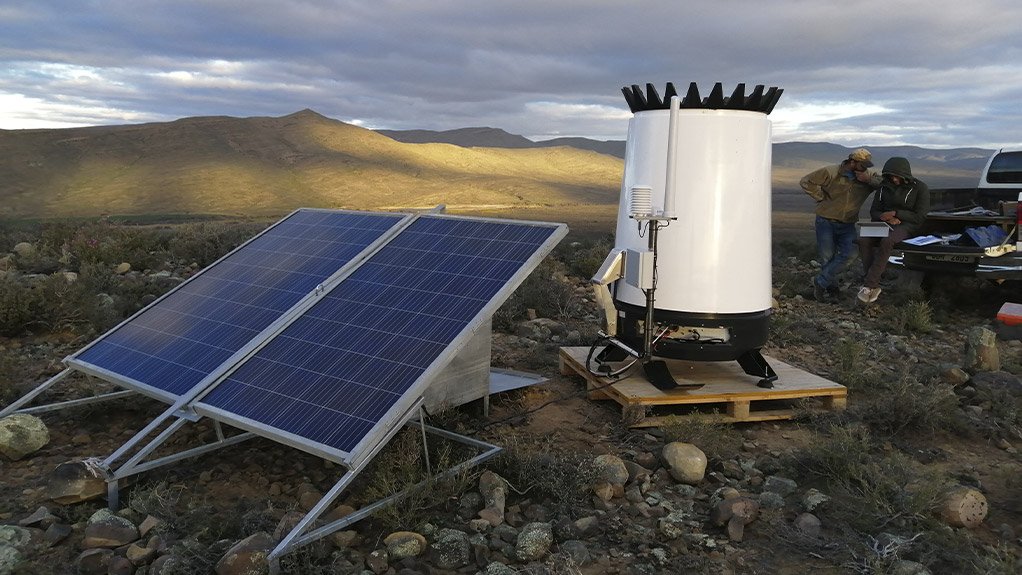The wind energy industry comprises various subsectors, each with its own degree of job creation potential, Cape Town-based wind farm developer G7 Renewable Energies tells Engineering News.
“The operation and maintenance (O&M) of wind farms are small aspects of the potential jobs that the wind industry needs. O&M not only requires turbine technicians but also security, environmental monitoring, inspections, road maintenance and administrative operations, besides others,” says G7 Renewable Energies MD Kilian Hagemann.
He mentions that, combined, O&M is one of the subsectors that does not depend on a steady pipeline of new projects. “Other subsectors, such as greenfield project development, construction and manufacturing rely on a constant flow of additional wind farms.”
Hagemann highlights three additional subsectors that contribute to job creation in the wind industry. Firstly, greenfield projects entail the developmental phase of a wind farm and require people for site identification, land acquisition, permitting, town planning, wind measurement campaigns, engineering and contracting.
“Individuals would be employed by project developers, such as G7 Renewable Energies, and various consultants, especially regarding environmental-impact assessments, which is particularly job-intensive, owing to the sheer volume of studies that have to be performed.”
Secondly, the construction of a wind farm is quite labour-intensive, as many employees are required on site for wind farms with a typical capacity of 100 MW to 140 MW.
“This, coupled with the considerable supply chains in delivery, catering and accommodation, makes it plain to see how construction could easily create a substantial number of jobs,” Hagemann states.
Thirdly, the local manufacturing of wind turbine components offers further job creation. With all the foundations and most of the steel and concrete towers are already manufactured locally, companies would be willing to further invest in factories to localise additional components, provided that government can provide a stable wind pipeline in the Integrated Resource Plan, he adds.
“While some might lament the temporary nature of these jobs, they will be permanent if government ensures there is a continuous stream of new projects each year.”
Hagemann mentions that employees at one site can simply be moved to the building site of a new project. Additionally, no power source is fully self-sustaining, and wind energy is no exception. “Therefore, there will always be job opportunities in the O&M sectors.”
One of the greatest myths surrounding wind energy is that it is intermittent and therefore unreliable, he says. A typical South African wind farm consists of about 40 to 60 turbines spread over a large area – while one turbine might not contribute any power to the grid, others will.
South Africa being a large landmass creates a lot of climate diversity, which guarantees that there is always wind somewhere in the country, states Hagemann, adding that periods of no wind power production at individual sites can be predicted.
“No power source is completely reliable – they all fail at some point. Large coal or nuclear power stations can go off line instantaneously and unpredictably, causing a very large loss of power and an immediate requirement to restore power.”
Variations in wind energy are much smoother when there are hundreds or thousands of units spread across the entire country – rather than a few large power stations – which makes it easier for the systems operator to predict and manage changes in supply within the overall system, Hagemann elaborates.
Wind power is a well-suited power solution for South Africa, even when compared with Denmark, in which it originated. “South Africa has exceptional wind resources because, compared with Denmark, we have a population density that is three times lower. Therefore, more land is available for cost- effective wind power generation to provide electricity for the same number of people,” he explains.
In South Africa, existing wind farms are placed between 600 km and 800 km apart in different climate zones, resulting in the fleet of wind farms always generating some percentage of its installed capacity.
“We have plenty of wind, plenty of space and a favourable weather diversity, so wind power is definitely a viable solution for South Africa. Of course, wind would be only one component of a much bigger power system,” he concludes.
Edited by: Zandile Mavuso
Creamer Media Senior Deputy Editor: Features
EMAIL THIS ARTICLE SAVE THIS ARTICLE
ARTICLE ENQUIRY
To subscribe email subscriptions@creamermedia.co.za or click here
To advertise email advertising@creamermedia.co.za or click here













